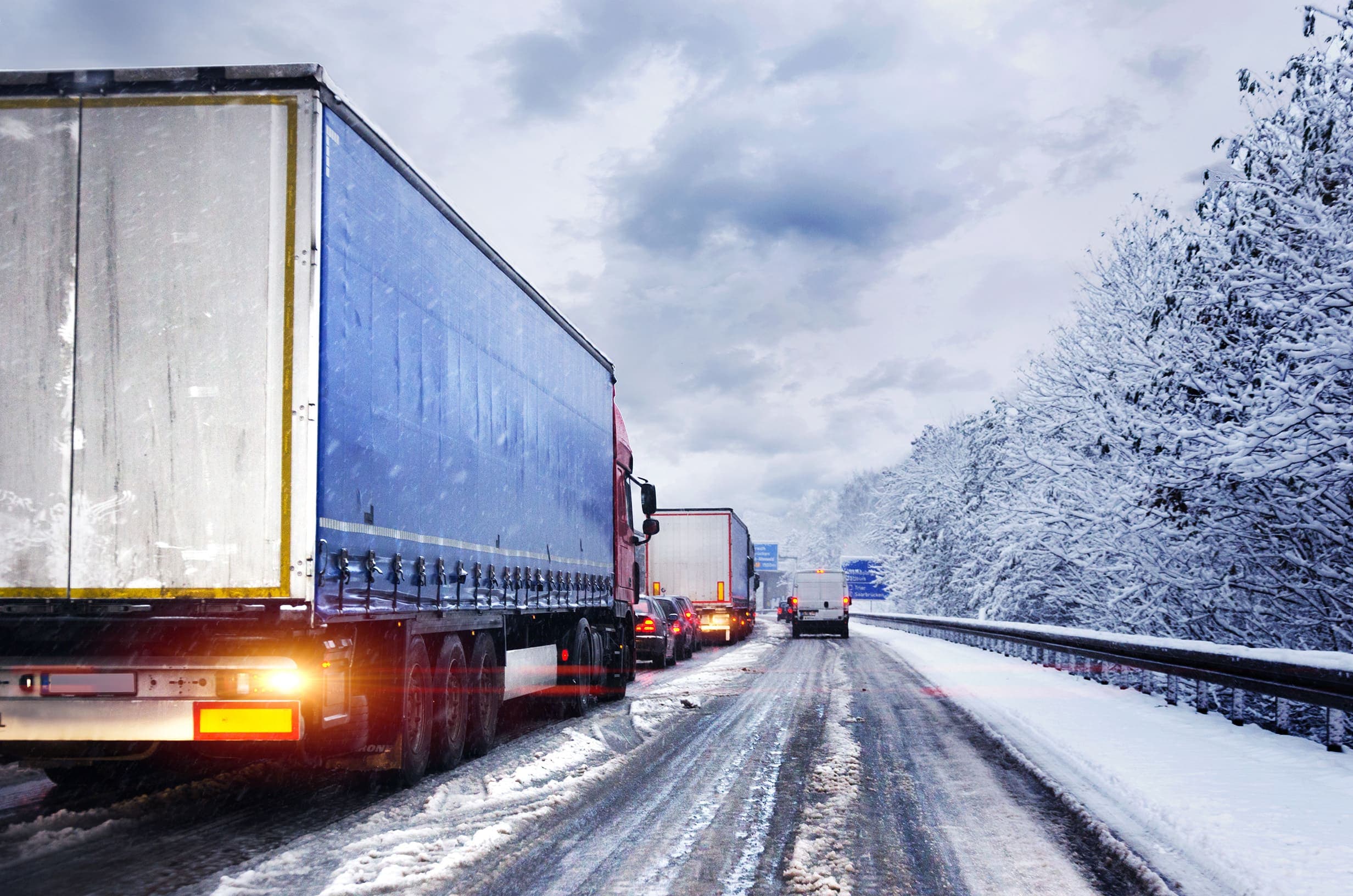How AI in Transportation will Accelerate Strategies in 2026

Trending
Top Posts
Fuel
Why Do Shippers Use The DOE Fuel Surcharge? A History Of The National Fuel Surcharge
5 min read
December 5, 2025
Market Events
How Ukrainian Drone Strikes on Russian Refineries Impact Your Fuel Costs
6 min read
November 20, 2025
Freight
The Definitive Guide on Fuel Management Systems
7 min read
November 11, 2025
2 min read
October 8, 2019

Share:
Changes to refinery configurations are of key importance as IMO 2020 mandates come to fruition. The added complexities created from shifting product demand force refiners to adjust their business operations, both from an economic and a supply-demand perspective.
The comprehensive side effects associated with the IMO 2020 sulfur mandates will impact all aspects of the oil and refined product industry. Regions with low refinery complexity that heavily produce residual fuels will need to create a plan of action to stay competitive in a low-sulfur dependent future. Similarly, geographies capable of producing vast quantities of low-sulfur fuels will be called upon to create bunker fuels that stay compliant with the IMO regulations per the chart below.

Demand will shift, and the ensuing prices connected to these fuels will ultimately feel the brunt of the changes. The IMO 2020 regulations will transform the oil and refined product industry, creating an interesting dynamic for transportation supply chains.
Refineries have several options to react to shifting demand, including:
Though IMO 2020 is currently center stage, shippers should know that post-implementation the shift to move freight with lower emissions intensity will not be over. Looking to future strategies that remain ahead of the regulatory landscape and manage fuel accurately and transparently will be of greatest benefit to supply chain participants.
Read how refined product inventories have already begun to shift moving into Q4 here.

5 min read
December 5, 2025
The DOE fuel surcharge is an outdated, inaccurate method for fuel reimbursement. Learn why it costs you money and discover a modern, market-based alternative.
Read more
6 min read
November 20, 2025
Understand the impact of Ukrainian drone strikes on Russian refineries. Learn why diesel prices are volatile and how to protect your budget from market shocks.
Read more
7 min read
November 11, 2025
Discover how fuel management systems cut costs, track emissions, and improve reimbursement accuracy for modern freight operations.
Read more